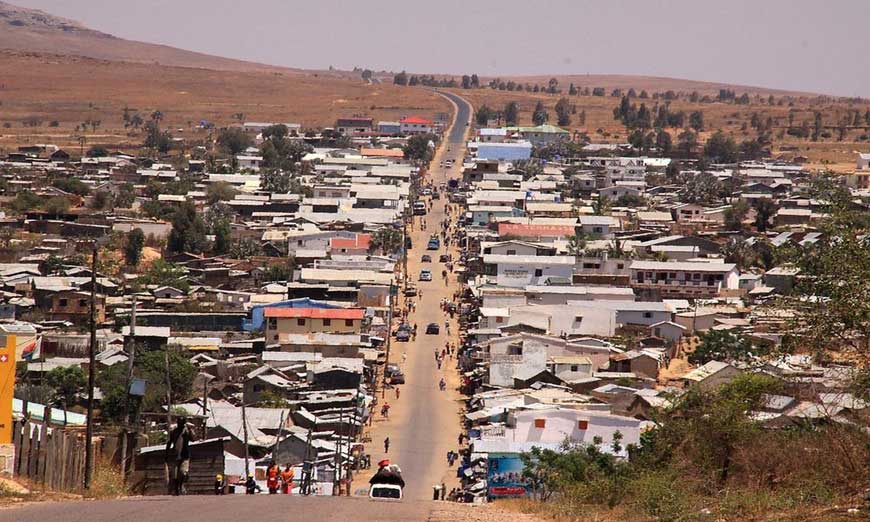Like almost everyone who knows Madagascar say, is an island full of wonders. It is rich in diversity, its culture and its resources. The conclusion is clear, the basement of Madagascar hide priceless treasures. Almost all gems are present in the territory, but most are exported illicitly.
Sapphire Madagascar
It is this stone hauntingly blue color that made the reputation of the island. According to the results of studies conducted by scientists, near 40 % sapphire in the world comes from Madagascar. To her only, it is a sapphire mine that never seems to run out. This precious stone Madagascar is found particularly in the part southwest of the Big Island. These 40 % represent a significant market share, which amounts to billions of ariary (the local currency).
A multitude of gems
Other than sapphire, there are many varieties of gems that are hidden in the basement of Madagascar. Professionals classified them into three categories. The first are the stones that are considered valuable. These are the diamonds, sapphire, emerald green and ruby red. But we also know that diamonds can take on different colors (noir, blanc, yellow, bleu).
The second category is that of gemstones. It includes citrine, aquamarine, peridot and amethyst. The third category is that of decorative stones. These have less value than others, but are still stones that sell very well. They are among 5 (la coraline, turquoise, la malachite, l’azurite, The lapis-lazuli).
The regulations and enforcement
In normal rule, any operator exercising the profession must have an extraction register. With this, he must also request a certificate for each stone that is extracted. This procedure is done before the sale of the stone. But in practice, this rule is never respected. This is why the Malagasy State is not able to recognize the stones out of the territory.
Most extractors are independent workers who work in dangerous conditions. The stones are then sold to large collectors involved in the illegal export.



Very interesting . Just booked a 20 day trip to Mada. before Christmas .